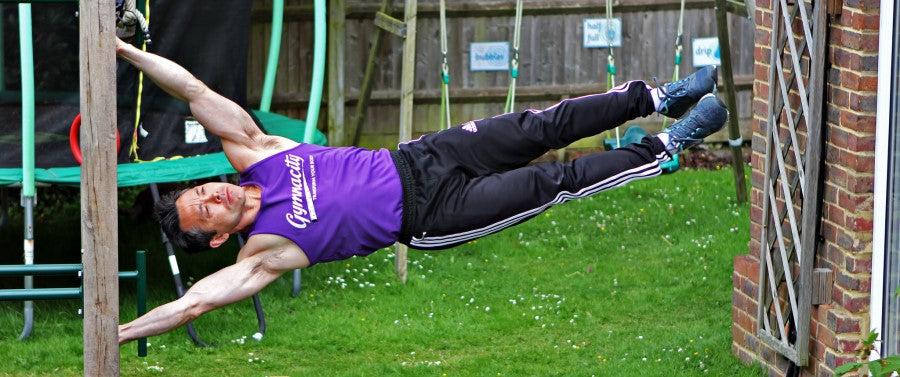
6 little known facts about synthetic turf
The precursor to our modern synthetic turf originated in the early fifties in the USA. It was the product of the Ford Foundation’s Education Facilities Laboratory, Monsanto Industries and Chemstrand (a company owned by the American Viscose Corporation and Monsanto). Initially encouraging people to use their artificial carpeting in the fifties, they moved their attention to sports playing surfaces in the sixties.
Early days of synthetic turf
The first of these early playing surfaces was installed in Moses Brown School in Rhode Island in 1964. It was next installed in the Houston Astrodome in 1965 and renamed Astroturf in honour of the Astrodome. In 1967, Indiana State University became the first outdoor stadium to install this turf.
Artificial turf evolved again in the seventies by using polypropylene yarns that were less abrasive than the original Astroturf. In the nineties, this synthetic turf was once again improved using polyethylene yarn and also infills to create turf that was softer and less likely to cause injuries than earlier versions.
The high-tech synthetic turf evolution
In the last 20 years, we have seen leading manufacturers come to the forefront when it comes to producing of artificial grass and synthetic turf. Strategies such as manufacturing locally and using local yarn, and ensuring the grass is made to stay cooler in hot climates, has seen a rise in the popularity of high-tech fake grass. Other advantages are that these grasses don’t require watering, fertilising, whipper sniffing, edging or mowing. And they are pet and kid friendly, and don’t fade in the harsh climates where there is hot sun and heavy rain at different times.
APT is one of the best brands for high-tech synthetic turf and comes with a range of benefits. Let’s check out six that you might not have considered.
- Wild animals avoid this turf: Since there is no nutrition or organic components in synthetic turf, animals leave it alone. They don’t try to eat it or dig into it and insects give it a wide berth as well. This means that your new synthetic turf is pest free.
- It’s clean and safe: Since it is made from polyethylene, your artificial turf won’t absorb stains, but it’s still a good idea to rinse away any spills as soon as possible. If you find any dirt or debris collecting on your turf it can be easily rinsed away with a good hosing. So, it always stays clean and safe for the people of all ages who are playing sport or other activities on it.
- Bring on the weather! Rain, hail, snow, drought and sunshine, none of it makes any difference to your synthetic turf. It always stays nice and green, rainfall will easily drain away and it will dry much faster than natural grass. That means no cancelled sporting events because of bad weather!
- Artificial turf is flame retardant: Did you know that synthetic turf is non-flammable? If it’s accidentally set alight, the turf will simply melt rather than catching fire. In fact, it’s often used in fire prone areas simply because this is one of its big benefits.
- It’s made with a directional pile: If you lay more than one piece of turf, you need to lay all the grass in the same direction so that the pile all lines up. This produces a perfectly smooth lawn without noticeable seams.
- No more weeds! It’s very unlikely that any weeds will be able to perforate your synthetic turf, so during the off-season, you won’t return to see clumps of weeds everywhere!
If you have never considered artificial turf for a sports surface or other activities, high-tech products are the way to go.



